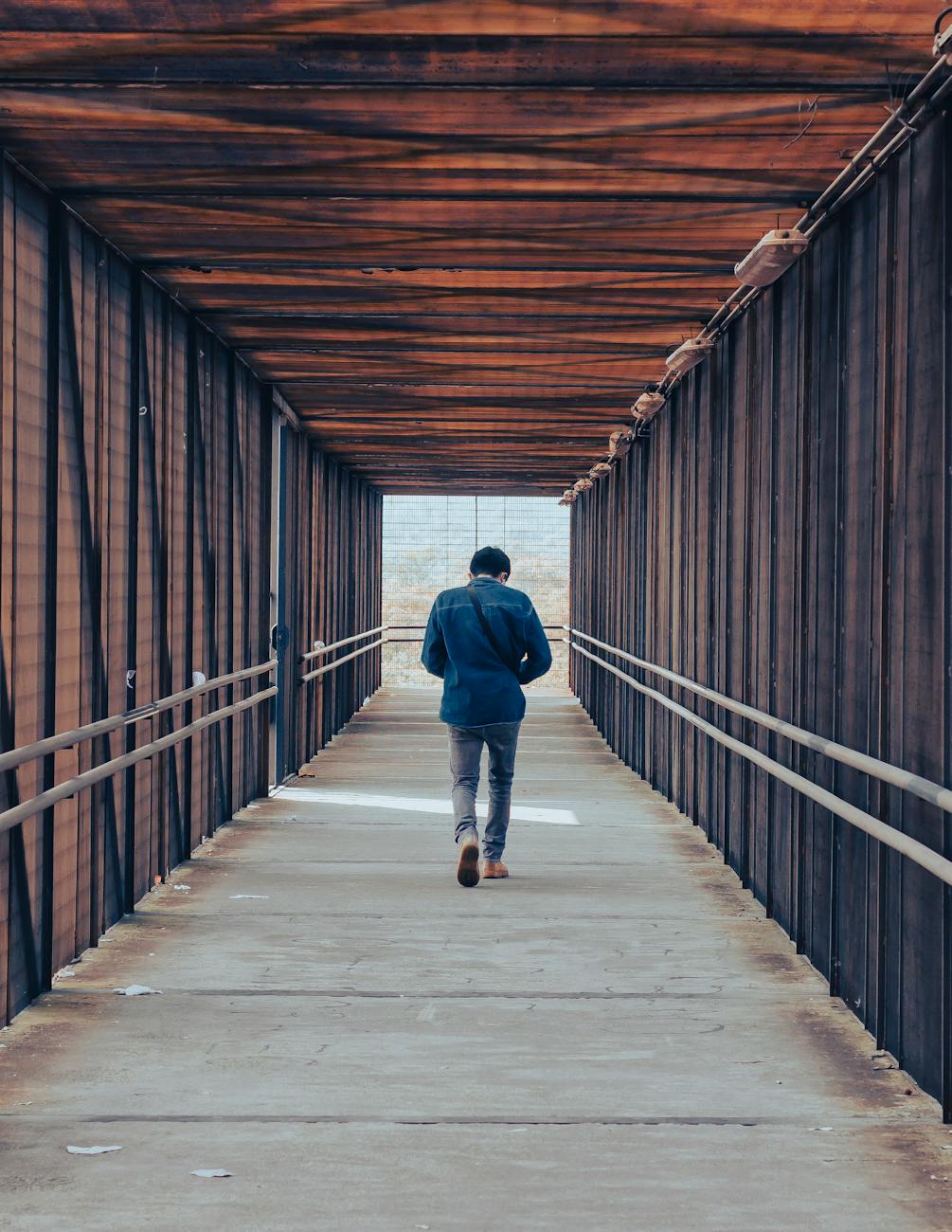I have long been a fan of bridges. Their construction, their architecture, and their beauty are an art form. More than anything else, they stand as permanent examples of making connections. After all, bridges are for crossing.
Bridges are some of the most beautiful structures in the world. When you drive, bike, or walk over them, you can’t help but admire their majesty and appreciate the skill that went into their construction. They allow people to go from one place to another while crossing over bodies of water and other natural boundaries. But along the way, bridges often give spectators a chance to be marveled with views they wouldn’t have been able to see otherwise. What draws me to bridges, though, isn’t just their aesthetic quality; it’s also the way they become as iconic as the things they connect.
My fascination with bridges, and architecture in general, started at a young age. Something about how form and function work together to create something beautiful speaks to me. Bridges are a great example of that philosophy working in harmony. Although their purpose is relatively mundane, they do so while also sometimes providing awe-inspiring views. In my mind, there’s no greater design feat than creating something that creates beauty along with its functionality.
Still, not just any kind of bridge will inspire me. My favorite types of man-made spans are the drawbridge and the covered bridge. This is because both types of bridges go to extremes. Drawbridges are sometimes not bridges at all, while the covered bridge takes bridge-ness to the fullest extent.
Perhaps the biggest draw of a drawbridge is their historical significance, as they often spanned moats around medieval strongholds. You could isolate yourself quite effectively with a moat and drawbridge combination; you still can if you cared enough. Today, drawbridges still exist, but mostly for cases where you need to something to cross underneath, and not so much to limit access. Perhaps the great feats of engineering involved in designing and constructing these monstrosities is what makes them so fascinating to me.
In a somewhat different way, covered bridges take on a personality all their own. Each has a certain character and what they bridge together adds to their charm. They are often a fixture of small town life, with some acting as a gateway to charming little villages. Others serve a strictly utilitarian purpose, crossing some span of air or water to connect two roads. They are a favorite subject of my photographs, as they themselves are a landmark. Also, covered bridges are a perfect artifact of the human propensity for connecting things that perhaps nature never quite intended to be joined.
While many people are awed by historical bridges such as London Bridge and landmarks like the Golden Gate, I still find myself more inspired by countryside covered bridges and awed by drawbridges. Don’t judge a bridge by how mundane it looks or how it’s built. It takes quite a bit of engineering expertise to build ones that last long enough to become their own landmarks.
Next time you cross a bridge, think to yourself, what made someone want to build this bridge? What if this bridge simply didn’t exist? We often take bridges too much for granted, I think. So, we probably should take more time out of our day to appreciate them a bit more.
~ Amelia Phoenix Desertsong


